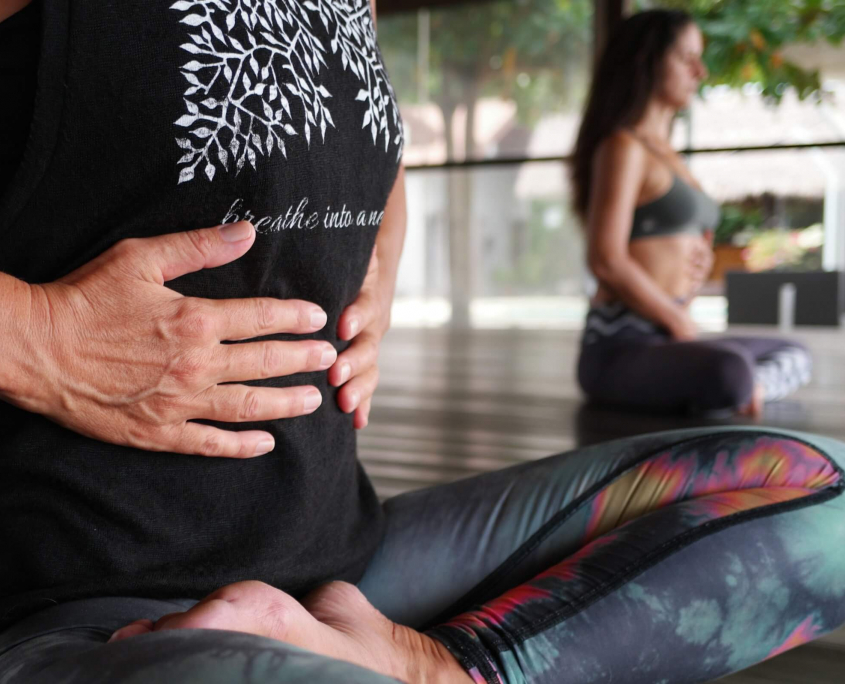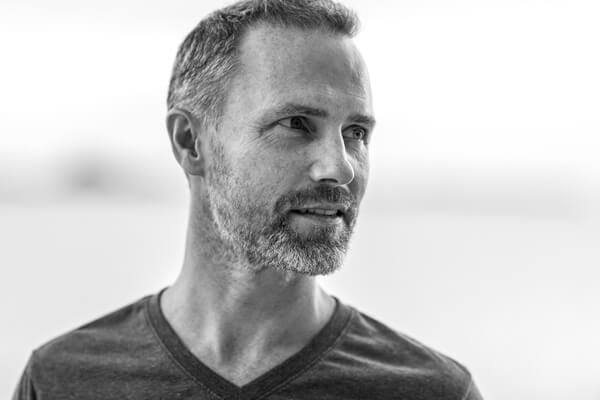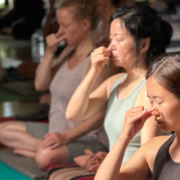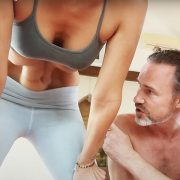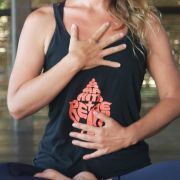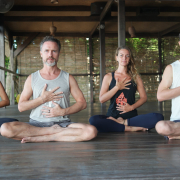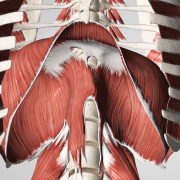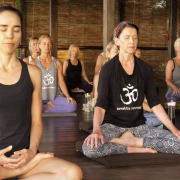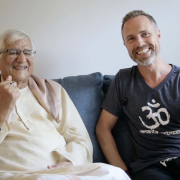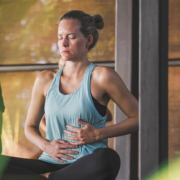 https://samahitaretreat.com/wp-content/uploads/2024/02/basic-breathwork.webp
600
798
Dr. Paul Dallaghan
http://samahitaretreat.com/wp-content/uploads/2024/01/samahita-logo-v2.svg
Dr. Paul Dallaghan2024-02-28 20:34:422024-02-28 20:35:53Navigate the World of Breathing
https://samahitaretreat.com/wp-content/uploads/2024/02/basic-breathwork.webp
600
798
Dr. Paul Dallaghan
http://samahitaretreat.com/wp-content/uploads/2024/01/samahita-logo-v2.svg
Dr. Paul Dallaghan2024-02-28 20:34:422024-02-28 20:35:53Navigate the World of BreathingBreathing Exercises and Physical Health – Challenges & Benefits Part One: Challenges
According to the (WHO) World Health Organization a staggering 3.2 million people die every year due to physical inactivity, that works out at someone every 10 seconds, morphing any figures coming out of the COVID-19 pandemic (1). After the age of 50, speaking statistically on average, there is a gradual decline not just in physical activity but also in cognitive abilities (2). Though ultimately everyone faces a decline over time, fortunately we can “flatten the curve” of aging, meaning make its descent far less steep, maybe even flat for a few decades. In fact, a far better strategy to combat a virus as well as the inevitable aging process and its challenges is to regularly engage in Breathing Exercises (see our 3 levels of ratio breaths here).
Correctly learned and practiced breathing exercises not only will improve your immune system but increase the robustness of your respiratory system, essential elements against any type of respiratory tract virus or illness. In addition expect gains in your levels of physical activity and cognitive ability, meaning how you currently use, and can continue to use, both your body and brain.
1. Air Pollution
Perhaps one of the most startling observations to emerge during the COVID-19 pandemic is a change in the view and sites of nature due to reduced air pollution. Remarkably so just in the month of March 2020, according to NASA, the reductions in nitrogen dioxide levels over the US northeast dropped 30% (3). This is a game changer given that nitrogen dioxide helps to form air pollution by reacting with other chemicals in the air. Unfortunately, there’s more to the air pollution story as recent research discovers a link between air pollution and Alzheimer’s (4). Atmospheric droplets contain fine air pollutants, typically less than a 30th the diameter of a human hair, bearing several toxic substances, that are capable of damaging brain cells as they can pass the blood-brain-barrier in two ways, either from the lungs into blood circulation or directly through the nerves of the olfactory center in the roof of the nose. Such exposure is linked to memory loss. Though the world needs to take major action against all forms of pollution, it is possible to stay strong in the face of it but it requires practices to help.
2. Mouth Breathing
Mouth breathing occurs due to poor breathing habits over the years, a total lack of awareness in how one breathes, even being informed at times to breathe through the mouth, with it all going to pot when sleeping and a completely disregulated breath pattern takes over, typically happening through the mouth. See my earlier article on ‘Breathe Through Your Nose’ (5) for more positive insight into this important topic. One important task of the nose in breathing is to filter pollutant particles, which is obviously crucial in how it helps combat the first point above of air pollution. Learned bad habits are also a barrier here. Recently with all the debate around Bill Gates I decided to watch the Netflix documentary “Bill’s Brain”. Though obviously a highly intelligent and capable man maybe some of his learning was too literal through books and trained advice. As he played tennis, of which he seemed quite capable, I couldn’t help but wonder why he let out a strong, forceful, loud exhale out of the mouth every time he hit the ball. For one it was completely unnecessary to do given that the force he was hitting the ball at was not athletically challenging. And two he was only undermining his own physiological form by doing so. Should he ever come ask me for advice I would change that in a flash: maintain complete control over his breathing, through his nose, managed one level ahead of the physical exertion. (If you’re reading this Bill)
3. Victim to Stress and Anxiety
A human body is built to respond to emergency situations in its acute stress response. Most likely unique to human beings is our capacity to imagine a situation of threat, often one that disturbs us emotionally, and we are now in a perceived state of stress which typically manifests as anxiety. This can very quickly become a habit, a bad one. Stress becomes chronic and both your immune and neuroendocrine stress response systems become dull, less effective. As such your breathing pattern becomes highly irregular. This means the length, depth and strength of breaths will vary. Your breathing is effectively inefficient and this impacts your mood and even how your brain works, typically ruminating more. It’s a vicious cycle and one that might even include mouth breathing. In short, though the stress challenge has disturbed you now your breathing is under-performing and not helping how you handle the stress challenge. ON the positive side of this, to spot this now, become aware, you can change it through properly learned and regular practice of breathing exercises. Here are 3 levels you can easily work with in a 5 to 10 minute focus period. This is the door to influencing your own physiology. Not only will you handle stress and anxiety better but you will feel better all day, sleep better all night.
4. Viruses, Respiratory Tract Issues, Asthma
External issues affecting how you breathe severely impact how you continue to breathe and subsequently how you feel on an ongoing daily basis, so much so your quality of life reduces. This can happen to some suffering from asthma (6). More recently, the ravage of the coronavirus is seen to directly impact the lungs and respiratory tract, challenging respiration and potentially interfering with other organ systems of the body. The latest research reveals in some patients with mild symptoms a low blood oxygen but without trouble breathing. Clinicians have begun to refer to this as “Happy Hypoxia” (7). However, though initially “happy”, many doctors now recognize blood clotting as a major feature of COVID-19, typically preceded early on by reduced lung oxygenation, so the hypothesis goes, to a more serious inflammatory reaction which can cause a cascade of proteins to initiate blood to clot in the lungs. One of the most recent clinical-led scientific studies by a team in Ireland found that patients admitted with severe COVID-19 infection expressed abnormal blood clotting (8). The issue here is weakened lungs, increased inflammation in part due to the virus, a subsequent biochemical response on the protein level that triggers micro-clots in the lungs. At what point in the process could this vicious cycle be interrupted or avoided with an improved respiratory system and trained breathing? That is our focus and what he hope to offer to you in terms of breathwork and breathing exercises.
The follow-up article to this one will discuss some of ‘The Benefits of Breathing Exercises’, at least for your physical health. Though these challenges are right in front of us, directly in front of our noses in some cases, they do not represent a state of dismal reality. In fact, the opposite. Though air pollution is beyond our individual control as we strengthen our breathing function and improve blood circulation we can reduce the effect of these pesky air pollutants, clearing them out of our system. You can train yourself to stop mouth breathing. In so doing you will train yourself to breathe better and as a result handle stress and anxiety far better. In such a condition your autonomic nervous system is more robust and your immune system stronger which helps you keep viruses at bay, improve the condition of your respiratory tract and handle symptoms of asthma more effectively.
I recommend you read the follow-up article on ‘The Benefits of Breathing Exercises’. Jump straight into some helpful and well-informed Breathing Exercise and Breathwork blogs, based on high levels of training and practice. Though breathing is obvious and can be perceived as simple it easily goes awry and needs expert advice to work with it. Read on and practice:
Dr. Paul Dallaghan’s expertise with breathwork, body and meditative practices comes from three sources: (1) three decades of daily dedicated practice and teaching these techniques; (2) uniquely acknowledged in the Yoga tradition by the title of “Master Yogi-Prānācharya (expert in breath)”, following an immersion in the original culture through one-on-one direct training in practice and study of ancient texts; (3) a PhD in doctoral scientific research at a leading US university (Emory) covering both the tradition and science of yoga and breath practices in terms of stress, health and aging. As a result, Paul occupies a unique space to impart genuine teaching and science on the breath, body, and meditative practices, seen as a Teacher-of-teachers and identified to carry on the tradition of Pranayama. His sincere and ongoing role is to teach, write and research, to help put out experienced and authentic information on these areas of how we live, breathe and be, to help people improve their mental and physical health, and live more fulfilling lives.
For more on his background see his bio
References
- The World Health Organization, Global Health Observatory database
- Université de Genève. “Brain or muscles, what do we lose first?.” ScienceDaily. ScienceDaily, 24 March 2020.
- Scientific American April 17, 2020 COVID-19 Could Help Solve Climate Riddles
Pollution declines from pandemic shutdowns may aid in answering long-standing questions about how aerosols influence climate - Scientific American May, 2020 edition The New Alzheimer’s–Air Pollution Link
- Breathe Through Your Nose
Paul Dallaghan - Thomas, M., McKinley, R. K., Mellor, S., Watkin, G., Holloway, E., Scullion, J., . . . Pavord, I. (2009). Breathing exercises for asthma: a randomised controlled trial. Thorax, 64(1), 55-61. doi: 10.1136/thx.2008.100867
- Science, May 1 2020, The Mystery of the Pandemic’s ‘Happy Hypoxia’
- RCSI University of Medicine and Health Sciences. “Blood clotting a significant cause of death in patients with COVID-19.” ScienceDaily. ScienceDaily, 30 April 2020.
More from the Samahita Blog
